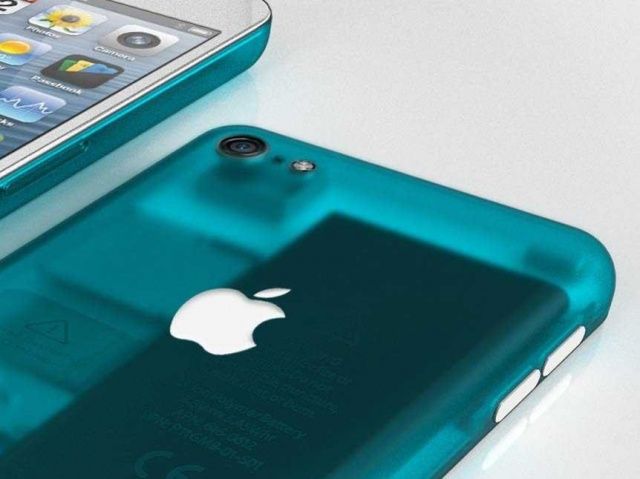We’ve been talking a lot about the budget iPhone in recent months, mostly in relation to the emerging market (where the vast majority of the remaining smartphone growth is expected to happen in the next five years), but here’s a question: even if Apple, as they are rumored to do, release their first plastic iPhone since the iPhone 3GS, how are they going to price it low enough to actually penetrate third-world countries where the cost of the phone might be equal to someone’s salary for the month? Especially while maintaining Apple’s customary profit margins?
The truth is, it’s almost impossible to imagine Apple being able — or interested! — in doing any such thing. Current rumor pegs the “budget” iPhone as basically an iPhone 5 with a colorful plastic shell. If those rumors are true, that’s not really a budget phone: it’s a mid-range. It has to be if Apple wants to make money off of it.
Slowly but surely, that’s the realization dawning on some people on Wall Street. The “budget” iPhone isn’t going to be budget at all. And Apple’s going to make buttloads off of it.
As John Paczkowski over at All Things D notes, Apple has a history of pricing its budget devices well beyond the consensus on what the device “needs” to be priced at to be competitive. The iPad mini launched at $329, when analysts said it needed to launch at $249 to compete with the likes of the Kindle Fire and Nexus 7. The iPad mini is now the most popular 7-inch tablet in the world. Likewse, the iPod nano launched at $199, when analysts said it needed to cost half that to compete with cheapie MP3 players.
So Apple has a history of pricing its budget devices well above the competition. Likewise, Apple has never really made a low-end device. The Mac mini might be the cheapest Mac around, but it costs twice what an entry-level Windows PC costs. Even the venerable iPod shuffle has a shocking amount of polish put into its industrial design, and costs about twice what other cheapie MP3 players (with twice the memory!) cost.
This is the line of thinking currently being pursued by Gokul Hariharan and Mark Moskowitz over at J.P. Morgan. Apple doesn’t make budget products, because the profit is too low and there are too many compromises, but it does make mid-range products… and Apple could make a lot of money releasing a mid-range iPhone priced low enough to draw-in budget consumers and first-time smartphone buyers.
Currently Samsung dominates this segment ($200-500 price range) with 35+ percent market share. … We believe Apple could take 20-25 percent of this market in the next 12 months (from almost no market share currently), if it prices a lower-priced product at $350-400 levels.”
In other words, if Apple released a mid-range iPhone that cost $200-$500 without subsidies, it would within a year put the hurt on Samsung. Within a couple of years, it might kill the threat of Samsung’s Galaxy range of devices all together.
And if you think about it, doesn’t a plastic color iPhone sound like a mid-range device? Look at the colorful phones we’re seeing hit the market, like Nokia’s Lumia series. These are all mid-range devices. Apple’s building a colorful iPhone that will appeal to a whole new range of consumers, just like the colorful iPod nano did. And as we’ve already seen, that’s a winning strategy.
Source: All Things D


